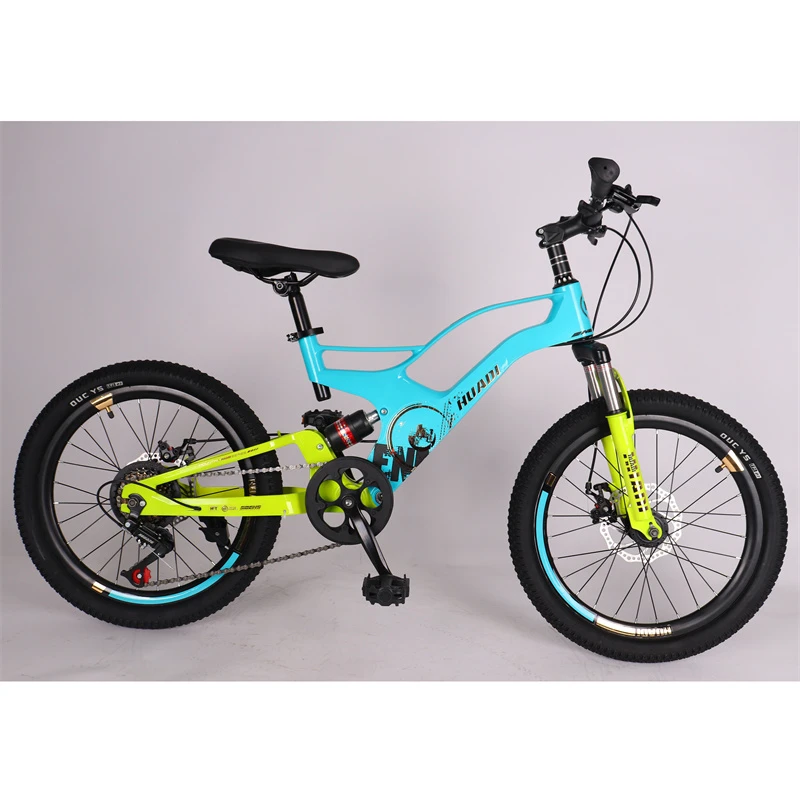Key Differences Between Mountain Bikes and Road Bikes Explained for Cyclists
Understanding the Differences Between Mountain Bikes and Road Bikes
When it comes to cycling, choosing the right type of bike is essential for maximizing your riding experience. Among the vast array of bicycles available today, mountain bikes (MTBs) and road bikes are two of the most popular categories, each designed for specific terrains and purposes. Understanding the fundamental differences between these two types of bicycles can help you make an informed decision based on your cycling needs.
Design and Frame Geometry
The first notable difference between mountain bikes and road bikes lies in their design and frame geometry. Mountain bikes typically feature a sturdier frame, designed to handle rugged terrain. They have a more relaxed frame geometry, which allows riders to maintain better control on bumpy paths. The handlebars are positioned higher, providing an upright riding posture that enhances comfort during long rides on uneven surfaces.
In contrast, road bikes are engineered for speed and efficiency on smooth pavement. They have a lighter frame made from materials like aluminum or carbon fiber, which reduces weight and enhances performance. The geometry of a road bike is more aggressive, with a longer top tube and a lower handlebar position, allowing riders to adopt a more aerodynamic posture. This design helps cyclists maintain higher speeds on flat surfaces.
Tires and Suspension
Another significant difference is found in the wheels and suspension of mountain bikes and road bikes. Mountain bikes come equipped with wide, knobby tires that provide excellent traction and stability on rough trails, gravel paths, and mud. Many mountain bikes also feature a suspension system, either front suspension (hardtail) or full suspension (dual). This suspension absorbs shocks from bumps and obstacles, making the ride smoother and more controlled.
Road bikes, on the other hand, are fitted with narrow tires that are slick or semi-slick, facilitating reduced rolling resistance on paved surfaces. Road bike tires are generally inflated to higher pressures than their mountain counterparts, allowing for increased speed. Road bikes do not typically have suspension systems; instead, their rigid frames and tires are designed to maximize power transfer on smooth pavement.
mountain bike and road bike difference

Gearing Systems
The gearing systems of mountain bikes and road bikes also differ significantly. Mountain bikes usually feature a wider gear range, which is essential for tackling steep inclines and varying terrains. This allows riders to shift seamlessly between gears as they navigate obstacles like rocks and roots, maintaining a comfortable pedaling cadence.
Conversely, road bikes prioritize speed and often have close-ratio gearing. This setup allows cyclists to pedal efficiently at high speeds on flat roads while minimizing the need for frequent gear changes. The gearing is designed to support sustained efforts over long distances, making it ideal for road racing and endurance events.
Intended Use and Riding Conditions
Ultimately, the main differences between mountain bikes and road bikes are rooted in their intended use and the riding conditions for which they are designed. Mountain bikes are ideal for off-road trails and rugged terrains, catering to cyclists who enjoy adventure and exploration in natural settings. They handle obstacles like rocks, mud, and steep slopes with ease, making them perfect for mountain biking enthusiasts.
In contrast, road bikes excel on paved roads and are best suited for cyclists who prioritize speed and distance. They are perfect for road cycling, racing, and fitness riding, allowing cyclists to cover long distances efficiently.
Conclusion
In summary, the choice between a mountain bike and a road bike depends largely on your riding preferences and the types of terrain you plan to explore. While mountain bikes offer durability and versatility for off-road adventures, road bikes provide speed and efficiency for road cycling. By understanding the differences, you can select the bicycle that aligns best with your cycling goals and enjoy a more fulfilling riding experience. Whether you’re conquering mountain trails or racing down smooth highways, the right bike can make all the difference.
-
Why Ride On Toys Are Every Kid’s FavoriteNewsApr.03,2025
-
Why a Mountain Bike is Perfect for Outdoor AdventuresNewsApr.03,2025
-
Why a Baby Tricycle is the Perfect First RideNewsApr.03,2025
-
The Joy of Learning with a Kids Balance BikeNewsApr.03,2025
-
The Fun and Benefits of a Childrens ScooterNewsApr.03,2025
-
Find the Perfect Kids' Bikes for Fun and AdventureNewsApr.03,2025
-
Perfect Color for Your Mountain BikeNewsFeb.27,2025








